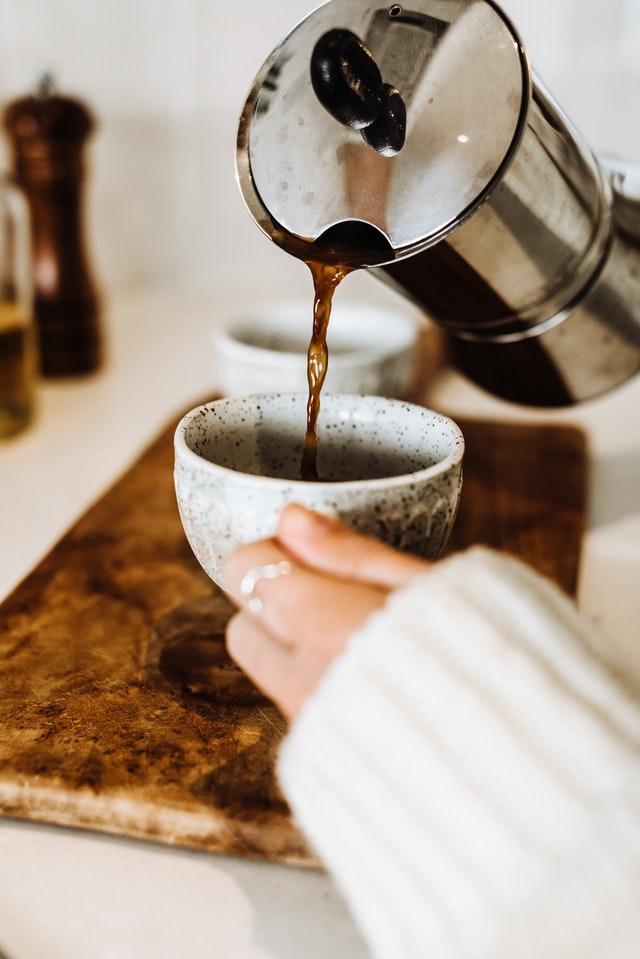This kitchen item could be dirtier than your toilet seat

A woman recently started a debate in a Facebook group after she asked her fellow users how often they replaced water in their kettle. What started off as a simple question turned into a proper discussion about bacteria and viruses in the kitchen.
The woman posted her query in the Facebook group Mums Who Cook, Clean, and Organise Australia and asked if it was necessary to throw the water sitting the kettle every day. Within a matter of minutes a heated debate ensued.
"I never empty my kettle out at night and thus wondering if they get mouldy if I don't [sic]? Can anyone ensure there's no water in the kettle overnight?" she asked.
People were quick to respond and share their own findings.
For most, the answer was a simple "No".
In fact, some even admitted to filling the kettle only whenever it was empty or if it was required. As one user wrote, "I've never emptied my kettle and I'm 46! In fact, I had no idea you were supposed to."

But there were those who shared that they found some disgusting things in their kettle because they never emptied the water regularly.
One Facebook user shared, "One morning my husband didn't empty it, he had tea brewed with a cockroach along with it."
Another added, "I always check inside if I've left the water overnight and I once found kamikaze ants inside."
While cockroaches or even small bugs were a common find, it was other items and critters that scared people the most.
A user said, "I had once boiled a gecko, so I always make sure now to empty mine first of whatever is in it before filling with 'fresh' water."
Another chimed in, "I boiled a huntsman (spider). Even though it was not in the kettle, but in the spout. I realised only when I filled my mug and dropped it into my instant coffee. I had wondered that the 'plop' was."
Interestingly, she wasn't the only one who discovered a large spider in her appliance. There were a few others in the same boat. Speaking of which, one user even revealed, "My parents went on a cruise and guess what they discovered there — a condom in the kettle!"
Now that it is clear that not emptying a kettle of water can invite critters and kitchen bacteria and viruses, the question is how do you wash kettles efficiently?
We all know that water contains minerals and when it boils, it leaves some of its minerals at the bottom of the kettle. This is more of a problem if you live in an area with hard water, which means there are lots of minerals in your water.
With time, these scales, also called furring, will affect the heating element and can cause your kettle to become inefficient. Therefore, from time to time, it is important that you clean your kettle!
Distilled vinegar or a powder-like citric acid is the perfect tool to get rid of those nasty scales.
Add equal parts of water and vinegar to the kettle until it is about halfway full. Then bring it to a boil, and allow the boiled vinegar-water mixture to sit in the kettle for 15 to 20 minutes.
Next, pour the mixture and wash the kettle. If you still find scales inside the kettle, then you can use the rough side of a sponge to remove anything that is sticking around.
If you are using citric acid to clean your kettle, then start by filling the kettle halfway with water and bringing it to a boil.
Once the water boils, add one to two tablespoons citric acid and let the mixture sit for 15 to 20 minutes. Empty the water in the kettle and scrub with a sponge as needed.
These simple steps can help you keep your kettle clean and sparkling for a long time.
This article was first published in theAsianparent.